Bankei’s ‘The Unborn’
Among the many distinctive voices in the history of Zen Buddhism, few are as direct and refreshingly unembellished as Bankei Yōtaku (1622–1693). A Rinzai Zen master active during the early Edo period in Japan, Bankei taught a vision of awakening that bypassed ritual, study, and even formal meditation. At the heart of his message was a single, potent term: the Unborn (fushō). But what did Bankei mean by the Unborn? And how does this concept relate to the broader Mahāyāna doctrine of Buddha-Nature (tathāgatagarbha) and to the Buddhist view of reality as impermanent, process-based, and selfless? In this post, we address these questions and explore Bankei’s deeply human and accessible approach to Zen practice.
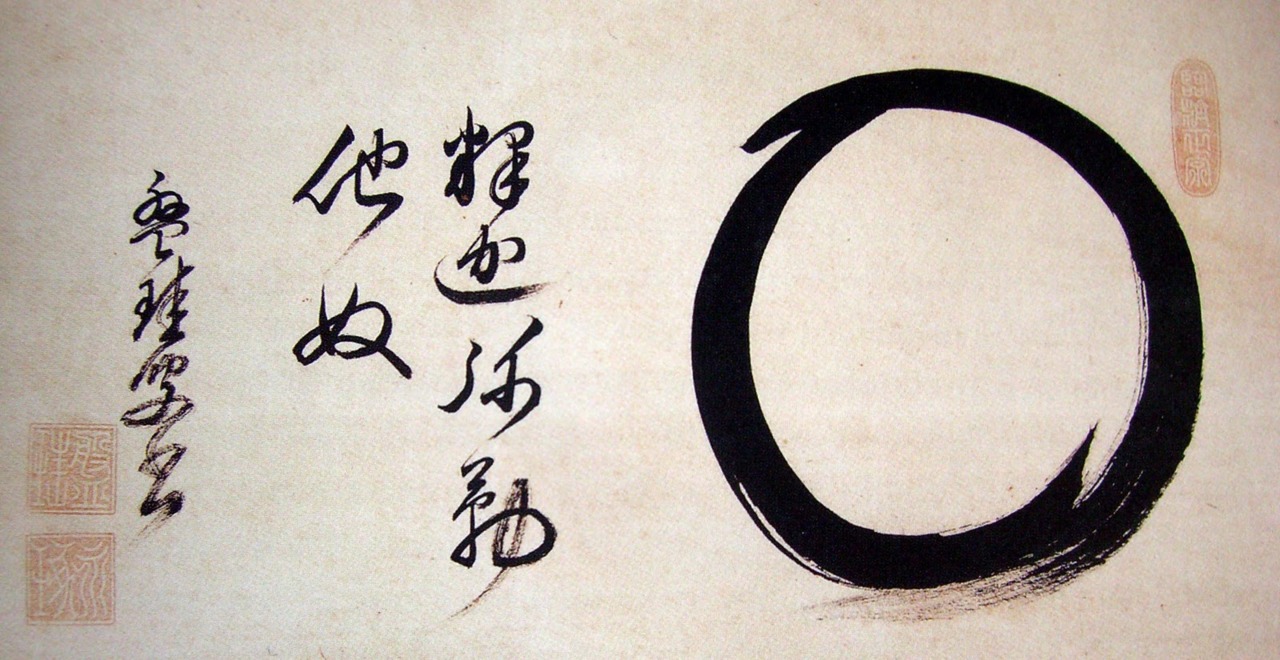
Ensō by Bankei. Bankei’s Zen teachings are characterized by their radical simplicity and immediacy. He emphasized that awakening is not a distant goal but the direct recognition of what is already present within us. His teachings invite us to trust in the living presence of the Unborn, making the profound doctrine of Buddha-nature accessible to anyone, at any moment. Source: Wikimedia Commonsꜛ (license: public domain)
Bankei Yōtaku: A radical voice in Zen
Bankei Yōtaku (1622–1693) lived during the early Edo period in Japan, a time of relative political stability but also increasing institutionalization of Buddhist schools. Zen, especially the Rinzai lineage to which Bankei belonged, had developed elaborate systems of kōan training, temple hierarchies, and monastic discipline. While these structures helped preserve and transmit Zen teachings, they also risked turning practice into formalism, emphasizing ritual and intellectualism over direct experience.
Bankei’s life was marked by intense inner struggle. As a young man, he was deeply troubled by the nature of birth and death, and his fierce questioning led to a physical and spiritual breakdown. He withdrew from formal study and sought solitude, meditating intensely in harsh conditions. Eventually, his exertion weakened him to the point of exhaustion, eventually spitting large clots of blood onto the wall. Gravely ill and told by a doctor that he would soon die, Bankei prepared himself to die in meditation. At the very moment he let go, ceasing all striving and relaxing into death, his doubts vanished entirely. He later described this experience as being like a full bucket whose bottom suddenly falls out. In the aftermath of this awakening, his strength began to return. Not long after, while washing his face in a stream and catching the scent of plum blossoms on the breeze, he experienced another deep confirmation of insight.
Rather than aligning himself with the growing orthodoxy of Rinzai Zen, Bankei became an independent teacher, drawing large crowds of laypeople and monks alike. His sermons were famously clear and informal, and he welcomed all, regardless of sectarian affiliation, to recognize their own innate clarity.
Bankei’s emphasis on fushō (the Unborn) was both a return to the heart of the Buddha’s teachings and a critique of the ossified practices of his time. He rejected reliance on scriptures, rituals, or institutional authority, and emphasized instead the immediacy of awakening. For this reason, he is often seen as a unique and radical voice within Japanese Zen, as a master who preserved the core insight of Buddhism while stripping it of unnecessary complication.
In describing his teaching, Bankei referred to Zen as the “Buddha-Mind School” (Busshin-shū). This name underscores his focus on the direct experience of the unborn Buddha-Mind, free from sectarian entanglements. Interestingly, the term Busshin-shū can be traced back to early Zen records, where it first appears in accounts of Bodhidharma, the semi-legendary founder of Zen/Chán in China. Bankei’s use of it signals both a return to the origins of Zen and a reaffirmation of its essential spirit: the living recognition of Buddha-Mind.
Bankei emphasized that even without traditional Zen training, one could awaken simply by recognizing and living from the unborn Buddha-Mind. In his words:
“If someone affirms that this Unborn, illuminating wisdom is truly the Buddha-Mind, and immediately, just as they are, lives within this Buddha-Mind, then they are, in that very moment, a living Tathāgata and will remain so for countless future kalpas. Once they have affirmed it, they continue to live in the spirit of all Buddhas. This is also why the school to which I belong is sometimes called the ‘Buddha-Mind School’.”
This emphasis on immediate confirmation and lived awakening captures Bankei’s radical simplicity: the path is neither hidden nor difficult, it is the direct recognition and embodiment of what already is.
The Unborn: Not a Soul, but unfabricated awareness
Bankei’s central teaching was that all beings are originally in possession of the “unborn Buddha-Mind”. This mind is called unborn (or: the “Unborn”) because it does not arise or pass away like thoughts, emotions, or sense impressions. It is not something to be attained, constructed, or purified. Rather, it is always present beneath the surface activity of grasping, judging, and identifying. In his own words:
“What is unborn does not perish. What is born perishes.”
Bankei emphasized that the Unborn is not a product of conditions or fabrication, but the natural ground of awareness itself. It is called Unborn because it has never been born, never arisen through causes, and thus never perishes. It is self-sufficient, neither coming into existence nor falling away.
Importantly, this is not a claim about a permanent soul or metaphysical substance. Bankei did not posit an eternal self or hidden entity. Instead, the Unborn refers to the natural clarity of mind when it is not entangled in reactive thoughts or emotions. It describes the luminous, open awareness that simply sees things as they are, without distortion or grasping.
Bankei taught that the Unborn is not something distant, hidden, or exceptional. It is what every being already is by nature. Because we exist, we are Buddha-Mind. Awakening does not involve constructing or achieving something new; it is the direct recognition of what has always been fully present.
When Bankei looked at others, he did not see flawed individuals struggling toward some distant enlightenment. He saw beings who, in their very being, were already manifestations of the Buddha-Mind. His task as a teacher was not to bestow a new reality but to help people uncover and trust the reality that had always been their own.
In this, Bankei aligns deeply with the core insights of Zen: that awakening is immediate, that Buddha-nature is intrinsic, and that true seeing cuts through all conceptual elaboration. Yet, Bankei expresses this teaching in my view with an unusual radical clarity and simplicity, refusing to cloak it in metaphors, rituals, or intellectual frameworks. In doing so, he presents perhaps one of the purest and most direct articulations of the Zen spirit: radically honest, true, and immediately accessible.
Thus, the Unborn is not an achievement, a mystical state, or a distant ideal. Bankei described it as the natural, effortless condition of awareness when it is not fabricated, distorted, or obscured by the grasping mind. Recognizing and abiding in this natural clarity is, for Bankei, the essence of awakening.
In the next sections, we will further explore how Bankei’s concept of the Unborn relates to the broader Buddhist teachings of Buddha-Nature and how it functions within the Zen tradition.
Buddha-Nature in Zen language
Bankei’s concept of the Unborn is a re-articulation of the classical Mahāyāna teaching of Buddha-Nature (tathāgatagarbha) in deeply experiential and accessible terms:
- It is not a metaphysical essence, but a capacity.
- It is not hidden, but obscured by delusion and habit.
- It is not something we become, but what remains when interference ceases.
In this sense, the Unborn functions identically to the Buddha-nature described in Zen and Mahāyāna texts. It points to the mind’s innate ability to perceive tathatā (suchness) directly, not as an abstract principle or an eternal soul, but as the living, natural clarity of awareness itself. When craving, fear, and conceptual proliferation no longer cloud perception, what remains is luminous, selfless, and open.
Both concepts, whether described as Buddha-nature or the Unborn, affirm that what we seek is already fully present. According to Bankei’s view, awakening is not a matter of acquisition or attainment; it is a matter of ceasing interference, allowing what has always been true to shine forth naturally.
In this, Bankei remains fully aligned with the core view of Zen: that awakening is the uncovering of what has always been present, not the acquisition of something new. Yet his expression of Buddha-nature through the language of the Unborn stands out for its radical simplicity and immediacy. Where traditional Zen sometimes speaks in paradox or metaphor, Bankei speaks with directness and clarity, stripping away even the subtlest mystifications. His teaching removes the idea of a distant goal and instead invites immediate trust in the living presence of the Unborn, making the profound doctrine of Buddha-Nature vividly accessible to anyone, at any moment.
Zen as the clear-eyed school
Bankei sometimes referred to Zen as the “clear-eyed school” (Shōgan-shū), a phrase that captures the essential function of awakening: to see reality and all dharmas as they truly are, without the distortions introduced by craving, fear, or delusion. Awakening, for Bankei, is not about attaining special states or mystical experiences but about seeing clearly, free from the habitual overlays of thought and emotion.
Those who dwell in the Unborn do not impose conceptual filters or personal agendas upon what they perceive. They encounter beings and events with clarity, immediacy, and directness. Perception becomes open and unclouded, allowing things to appear in their suchness (tathatā), just as they are. In this, Bankei stands firmly within the Zen tradition’s emphasis on direct experience over conceptual knowledge, reaffirming the core insight that awakening is a matter of seeing with an unconditioned eye.
Yet Bankei’s articulation of “clear-eyed seeing” reflects his radical spirit: he strips away even the subtle cultural and ritualistic embellishments that sometimes obscure this principle. Unlike many Zen approaches that incorporate ritual, paradox, or symbolic transmission to foster awakening, Bankei points directly and simply. His “clear-eyed school” is not about special practices or mysterious transmissions but about living, moment to moment, in the natural clarity that arises when nothing is fabricated or obstructed.
Bankei taught that to arrive at this direct seeing is to have fully realized the Dharma. It is not a matter of outward accomplishment or intellectual understanding, but the natural consequence of abiding in the Unborn. Wherever such a person abides, that place becomes a site of complete realization, because the Dharma is not something external or remote, it manifests wherever the unborn Buddha-Mind is fully alive.
No need for special practice
One of Bankei’s most radical claims was that awakening requires no special practice:
“You are unborn, and therefore you are Buddhas now.”
While this may seem antinomian or dismissive of discipline, it reflects Bankei’s deep faith in the immediacy of awakening. He did not reject meditation, ethical conduct, or mindful living, but insisted that these arise naturally when the mind rests in the Unborn. Attempting to fabricate enlightenment, he warned, only leads further away from it.
In Bankei’s view, simply existing is already to be Buddha-Mind. Awakening does not require constructing inner space, invoking blessings, or worshiping an external power. It is not something granted from outside, nor something achieved through extraordinary effort. Because we are, the Unborn is already complete within us. Recognition, not acquisition, is the essence of realization.
This stance places Bankei in sharp contrast with much of the Rinzai tradition of his time, which emphasized rigorous kōan study, intensive retreats, and structured practices aimed at inducing enlightenment experiences. Traditional Rinzai methods often sought to provoke “great doubt” and “great breakthrough” through strenuous effort. Bankei, by contrast, asserted that nothing needed to be manufactured. Awakening is not produced; it is simply uncovered by ceasing to interfere with what already is.
In this way, Bankei’s teaching, while aligned with the fundamental Zen principle of direct realization, presents a uniquely radical trust in the immediacy of the Buddha-Mind, a trust so complete that even formal structures for awakening are seen as unnecessary complications. For Bankei, the Unborn is always available, needing only to be recognized and lived, not sought or constructed.
The Unborn as the source of all Buddhas
Bankei emphasized that the Unborn is not merely the true nature of each individual being, but the very source from which all Buddhas arise. He taught:
“When a person, fully convinced that the Buddha-Mind is unborn and wondrously illuminating, lives within it, from that moment on they are a living Buddha, a living Tathāgata. Even ‘Buddha’ is merely a name given afterward, it is only skin and shell. When you say ‘Buddha’, you are already one or two steps away from the place of the Unborn. A person of the Unborn abides at the source of all Buddhas. The Unborn is the origin and beginning of everything. There is no origin outside the Unborn, no beginning before the Unborn. To be Unborn is to abide at the origin of all Buddhas.”
In this teaching, Bankei challenges even subtle forms of spiritual reification. Awakening is not about achieving a status or title; even “Buddha” is a designation that comes after the fact, a conceptual layer placed upon an immediate reality. True realization, according to Bankei, means resting directly at the source, the natural, unfabricated clarity from which all Buddhas have awakened, and which is prior to any naming or conceptualization.
This radical emphasis on the source rather than the designation aligns with fundamental Zen perspectives that seek to point beyond words and symbols to direct experience. Yet Bankei’s way of speaking is especially stark: by stating that even the term “Buddha” is already a step removed, he underscores an uncompromising immediacy in his vision of awakening. The path is not to become something new, nor to attain a title, but to abide in the clarity that is already the ground of all beings and Buddhas alike.
Process ontology and the Unborn
From the standpoint of process-based Buddhist philosophy, we elaborated in our previous posts that the fundamental nature of reality is not static or fixed, but dynamic and ever-changing:
- The self is not a thing but a process.
- Delusion is the mistaken identification with this process as a fixed identity.
- Awakening is the cessation of this misidentification.
Bankei’s teaching of the Unborn aligns closely with this view. The Unborn is not a background substance or a hidden essence; it is the absence of fabrication. It is the clarity that naturally appears when the mind no longer chases after thoughts or clings to fixed identities. It is emptiness as presence — an open, dynamic field in which experience unfolds moment by moment, free from attachment and resistance.
Bankei taught that when the mind falls into delusion, the unborn Buddha-Mind becomes distorted and cannot act freely. For example, when anger arises, it transforms the Buddha-Mind into a quarreling spirit. In this way, emotions and reactive patterns do not simply obscure clarity; they actively reshape the mind’s functioning, trapping beings in cycles of suffering.
This view also aligns with traditional Buddhist understandings of karmic momentum. According to Bankei, the degeneration of the mind through attachment, anger, and craving can lead, in his view, to rebirth in lower realms of existence, as hungry ghosts, fighting spirits, or animals. Once caught in these states, beings find it exceedingly difficult to hear or remember the Dharma, just as it is already difficult even in human life.
Thus, for Bankei, maintaining awareness of the Unborn is a matter of profound urgency. It is not merely about personal peace or insight in this lifetime, but about preserving the capacity for awakening across countless future existences. His emphasis on the immediacy of living in the Unborn reflects not only compassion for present suffering but also a deep view of the karmic interdependence that shapes the unfolding of life across time.
Beyond methods: Bankei’s direct teaching
Bankei sharply criticized the growing trend among later Zen masters to rely on established methods, kōans, formal questioning, and the cultivation of “great doubt”, as tools to provoke awakening. He referred to this dependency as “method-Zen” and regarded it as a profound misunderstanding of true practice.
According to Bankei, teachers who relied heavily on methods were like blind monks who could not meet people directly without the crutches of tradition. Rather than encouraging students to trust their natural Buddha-Mind, they imposed artificial struggles, even burdening those who had no initial doubts to manufacture a “mass of doubt” that they would then be tasked to break through.
Bankei rejected this approach entirely. Awakening, in his view, is not a matter of generating or overcoming doubt. Nor is it a contest between self-power (jiriki) and other-power (tariki). It stands beyond both. As he taught:
“Anyone who lives in the Unborn does not occupy themselves with ‘self’ and ‘other’. They abide beyond both.”
For Bankei, true teaching required no method. It needed only to point people back to what had always been fully present: their own unborn Buddha-Mind, shining naturally when left undisturbed.
In this, Bankei’s approach contrasts with many strands of Rinzai Zen that had become increasingly method-driven. While traditional Zen acknowledges that awakening transcends words and forms, the reliance on structured challenges, especially the artificial generation of doubt, risked obscuring the immediacy that Bankei sought to reveal. His radical insistence on directness and naturalness presents one of the clearest reaffirmations of Zen’s original spirit: that the truth is immediate, complete, and already alive within each being.
The right use of methods and scriptures
Bankei acknowledged that Zen masters of the past sometimes employed striking methods — shouting, gestures, kōans, or formal sitting — to respond to the specific needs of their students. However, he cautioned that these were not universal formulas. They were living, spontaneous answers suited to particular individuals and moments, not timeless techniques to be rigidly copied.
“There is no fixed Dharma to be handed down for all time.
To try to give the Dharma a definitive, final form is only to blind yourself.”
In Bankei’s view, the growing reliance on inherited kōans and the artificial cultivation of “great doubt” risked turning Zen into an exercise in imitation rather than realization. True great doubt, he explained, arises naturally, like the desperate search of a monk who has genuinely lost his robe — not because someone has instructed him to generate doubt artificially.
“Today people imitate doubt because they think they should.
They manufacture it artificially, but that is only a mimicry.
Real doubt is born of a real situation, and real resolution comes only from that.”
Similarly, Bankei addressed the reading of Zen literature and sutras. He taught that the value of such study depends entirely on one’s state of mind. If one reads while still seeking an external meaning, it leads only to confusion and self-deception. But if one reads after realizing the Unborn, the scriptures can serve as affirmations of what has already been directly experienced.
“If you read while still seeking the meaning, you only blind yourself. But if you read after transcending meaning, the scriptures will confirm your realization.”
Ultimately, Bankei urged his students not to cling to past words, practices, or methods, but to uncover and trust their own innate Buddha-Mind:
“Zen means dealing with your own self.
It means liberating your own Buddha-Mind, from within yourself and by yourself.”
In this, Bankei reaffirmed a central but often obscured principle of Zen: that the truth is not enshrined in methods, lineages, or texts. Rather, it is immediate, living, and present within each being. The task is not to imitate the ancients, but to recognize directly, here and now, the unborn Buddha-Mind shining within oneself.
Natural morality: Beyond precepts and rules
In his monastery, Bankei occasionally received priests from the Disciplinary School, a group that prided itself on the strict observance of all 250 monastic precepts. On one occasion, two such priests asked him whether their rigorous discipline would lead them to Buddhahood. Bankei replied:
“There is nothing wrong with observing the precepts. It is a good thing. But it is not the best.”
He explained that the precepts were originally established to restrain monks who had already violated the Dharma. For a person whose conduct is naturally pure, the need for rules falls away. A person who does not steal has no need for a rule against theft; a person who speaks truthfully has no need for a rule against lying. True virtue, Bankei taught, is spontaneous and unselfconscious.
Thus, clinging to moral precepts as badges of merit reveals a misunderstanding. It subtly reinforces the notion that one’s nature is prone to wrongdoing, the very faults one hopes to guard against:
“When you start boasting about observing the precepts, you are admitting you are prone to break them.”
For Bankei, true morality arises naturally when living from the unborn Buddha-Mind. In the state of natural clarity, the dichotomy between keeping and breaking precepts dissolves; these categories only arise after one has already fallen away from the Unborn.
This stance is consistent with Zen’s broader emphasis on naturalness and non-attachment. While traditional Zen respects ethical guidelines as expressions of compassion and wisdom, Bankei’s teaching highlights that genuine ethical behavior does not result from adherence to external rules but flows effortlessly from the unfabricated clarity of awakened mind.
The two priests, deeply struck by his words, thanked Bankei profusely, saying they had fully grasped the truth he revealed.
Everyday life in the Unborn
Bankei emphasized living the Unborn in everyday activity:
“Cooking rice, carrying water, wiping your bottom — all are the Unborn.”
In this, he echoed a fundamental Zen theme: that awakening is not found elsewhere or reserved for extraordinary states. The mind of suchness, i.e., the unborn Buddha-Mind, is available at every moment, regardless of circumstances. Seeing clearly, without clinging or conceptual overlay, is not a mystical feat or special achievement. It is the natural clarity of mind when nothing additional is imposed. When grasping ceases, the mind simply sees, and that, according to Bankei, is awakening.
Yet Bankei warned how easily one can fall away from this natural clarity in everyday life. A jostle in a hallway, a sharp word from a family member, or a moment of personal offense can quickly stir self-centered emotions. If one reacts with anger or partisanship, the Buddha-Mind is immediately transformed into a quarreling spirit, and one steps into delusion. Prior to reaction, one lives simply and naturally in the Unborn; through reaction, one reenters ignorance. Bankei’s advice was characteristically direct: whatever happens, leave things as they are. Do not become agitated, do not take sides for yourself. In doing so, one remains a living, breathing, fully grounded Buddha.
Bankei likened the relationship to the Unborn to the memory of visiting a place: once one has truly been there, one does not forget. There is no need to force constant remembrance; the recognition remains naturally accessible. Even years later, or when speaking with others who have seen the same place, the memory is vivid and reliable. Similarly, once the Unborn has been directly realized, everyday life unfolds within that recognition, without strain or special effort. The clarity of the Unborn continues to inform one’s seeing and being, even amidst the countless phenomena of the world.
This emphasis on the ordinariness of realization resonates with core Zen teachings, yet Bankei’s framing is especially stark and accessible. He removes any sense of mystery or elitism: enlightenment is not elsewhere, not hidden, it is immediately here, within the simple, unadorned activities of daily life.
Bankei placed the awakening of an individual in an even broader, more universal context. He asserted that the Unborn is not merely a personal state but a communal reality. For him, even a single person living fully in the Unborn can manifest the true Dharma in the world. Awakening, therefore, is not solely a private attainment; it radiates outward, embodying the heart of the Buddha’s teaching wherever it is realized.
How to deal with thoughts: Natural non-interference
Bankei taught that thoughts and images naturally appear in the Buddha-Mind, much like reflections arise on a clear mirror. They are triggered by past experiences, things once seen, heard, or felt, and surface when conditions evoke them. Yet crucially, thoughts have no true substance; they are not an intrinsic part of the self.
His instruction was characteristically simple: let thoughts appear if they arise, and let them cease if they cease. There is no need to struggle to block them, nor to cling to them. If one does not give them attention or identify with them, they pass by naturally, like boats floating downstream.
“Do not concern yourself with the thoughts that arise. Let them come, let them go. Then no delusions will form. Since you pay no mind to the reflected thoughts, it is as if they had not arisen at all. A thousand thoughts may come and go, and it will be as if nothing had happened. You will not need to cut off a single thought.”
By treating thoughts as fleeting and insubstantial, without grasping or resistance, one remains naturally rooted in the Unborn, clear, unperturbed, and free.
This approach reflects Zen’s emphasis on non-attachment to mental phenomena. While traditional Zen practices often include structured meditation techniques to cultivate mindfulness or concentration, Bankei’s emphasis on natural non-interference highlights his radical trust in the Unborn’s inherent stability. Rather than managing or suppressing thoughts, he points to a deeper simplicity: allowing the mind to return to its original clarity by not engaging in fabrication at all.
Dealing with fear, desires, and disturbances
Bankei taught that fears, cravings, and sudden emotional surges are not part of our original nature. They arise only through mistaken thinking, i.e., fabrications that obscure the clarity of the Buddha-Mind.
When a woman confessed to him her paralyzing fear of thunder, Bankei replied:
“When you were born, you possessed nothing but the unborn Buddha-Mind.
Fear was not part of it.
Your fear is a later invention of thought, produced after your birth.”
He explained that thunder, far from being a threat, heralds beneficial rain. The fear arises not from thunder itself but from the mind’s deluded projections. Thus, he urged her:
“When you hear thunder, trust simply and firmly in your Buddha-Mind.”
Similarly, when sudden desires, cravings, or irritations arise, Bankei taught that they too are not part of the Unborn. The Buddha-Mind remains undisturbed by such impulses. Recognizing this fact, i.e., seeing that these surges are fabrications rather than realities, allows them to lose their grip.
Rather than struggling to suppress or battle emotions, Bankei advised simply seeing them for what they are: empty projections, passing illusions. Trusting in the Unborn, one remains grounded, and disturbances subside naturally.
This perspective resonates with broader Zen teachings, which often stress the illusory nature of emotional and mental turmoil. However, Bankei’s approach is notably direct: he dispenses with elaborate disciplines or gradual methods, emphasizing immediate recognition and trust in the natural stability of the Unborn. In doing so, he reaffirms the Zen insight that liberation lies not in fighting the mind, but in ceasing to fabricate delusion altogether.
Pain, illness, and the untouched Buddha-mind
Bankei taught that the unborn Buddha-Mind is originally free from all thought, and therefore free from suffering and joy alike. Suffering arises only when thoughts take root: when the mind clings to pain or reacts to joy, identifying with these transient experiences.
Illness and pain, he explained, are natural occurrences in life. However, if one remains grounded in the Unborn, one can experience pain without becoming it. Pain passes through, like sensations moving through open space. There is no need to deny or suppress pain, as doing so would be both impossible and insincere. Instead, one accepts pain as part of the unfolding of life, while recognizing that it does not touch the true nature of the self.
“As long as the Buddha-Mind abides in its original Unborn state, without being troubled by illness or clinging to it, there is no suffering. But when thoughts arise from the ground of the Unborn and you begin to worry about your illness, you create suffering yourself; you turn your Buddha-Mind into suffering. Even the suffering of hell is of this kind.”
The Buddha-Mind remains untouched by pleasure or pain. It is that within us which simply is, beyond arising and ceasing, beyond loss and gain. Training the mind to recognize this ground transforms our relationship to suffering: pain and illness may still be present, but they no longer dominate or define us.
This view resonates with broader Buddhist teachings on suffering and non-self, yet Bankei’s formulation is particularly immediate. He refrains from complex doctrinal analysis, focusing instead on the direct, experiential distinction between the fabricated world of thoughts and the unconditioned clarity of the Unborn. In this, he offers a characteristically practical and radical expression of the Buddhist path: liberation is not found in transcending pain by force, but in ceasing to fabricate suffering altogether.
Delusion and anger are not inborn
Bankei often emphasized that all delusions — anger, greed, fear, pride — are not part of our true nature. They are self-created habits, arising when the mind clings to self-centered views and reacts to circumstances.
In a famous encounter, a monk confessed to Bankei that he had always had a hot temper, believing it to be an inborn flaw he could not overcome. Bankei replied:
“Is your hot temper here right now? Show it to me, and I will heal it.”
The monk admitted that he was not angry at the moment; anger only arose when provoked. Bankei pointed out that this proved the temper was not inborn, but it was fabricated when the monk clung to himself, defended his own opinions, and resisted others.
“All that your parents gave you at birth was the Buddha-Mind. Nothing else. Your anger is something you yourself have created.”
He explained that from early childhood, people observe others’ anger, imitate it, and condition themselves into reactive patterns that do not belong to their original nature. What has been learned through habit can be unlearned through awareness. The way to be free, Bankei taught, is not to struggle to fix anger once it arises, but to prevent its fabrication altogether:
“Instead of trying to fix anger after it appears, it is far better not to create it at all.”
When the mind ceases to fabricate reactions, it naturally abides in the Unborn: clear, luminous, and at peace. In this natural resting, even if one wished to become deluded again, it would no longer be possible.
This perspective closely parallels broader Zen insights about the non-substantial nature of delusions and the importance of cutting them off at their root. However, Bankei’s approach is especially immediate and practical: rather than focusing on intricate mental training or step-by-step eradication of defilements, he calls for a simple return to the clarity of the Unborn, trusting that non-fabrication itself is sufficient to dissolve the cycles of suffering.
Acting from the Unborn: Natural, intuitive freedom
Bankei taught that action from the unborn Buddha-Mind is natural, fluid, and free. When one remains grounded in the Unborn, the mind engages effortlessly with whatever arises, without clinging or division. However, when thought intervenes, i.e., when attention turns toward constructing responses or clinging to particular outcomes, the mind fragments, and its natural freedom is lost.
Bankei illustrated this with a simple example: Imagine a woman sewing while speaking with a friend. If she remains in the Unborn, she can listen and sew simultaneously, each action flowing naturally. But if she begins concentrating on formulating a response to her friend, her sewing halts. Or if she turns her attention anxiously toward sewing, her conversation falters. In either case, she has left the open field of the Unborn and entered into divided, deliberate thought. Once the mind clings to a single point, it loses its openness to everything else, and freedom is diminished.
Thus, Bankei taught that natural, intuitive action is true, unforced action, the spontaneous functioning of the Buddha-Mind, free from grasping or self-centered interference. When nothing is fabricated, action emerges as a direct, seamless response to present circumstances.
This emphasis on spontaneous, uncontrived action resonates with the broader Zen ideal of “non-doing” (wu wei, a concept rooted in Daoism), where true skill lies not in forced effort but in effortless harmony with unfolding conditions. Yet Bankei’s framing is particularly stripped-down and accessible: there is no mystery to spontaneity. It is simply the mind’s natural activity when left unburdened by conceptual interference.
Zazen: Sitting naturally in the Buddha-Mind
In Bankei’s teaching, zazen, seated meditation, was not a special or separate activity. It simply meant resting naturally in the unborn Buddha-Mind, without falling into self-deception or striving for enlightenment – which highly aligns with teachings such as of Dōgen and other Zen patriarchs. Sitting, standing, walking, waking, sleeping — all were to be done within the Buddha-Mind. By remaining present without fabrication, one lived as a living Buddha in every activity of daily life.
“Just sit in the Buddha-Mind, stand in the Buddha-Mind, sleep in the Buddha-Mind, wake in the Buddha-Mind, do everything in the Buddha-Mind, and you are a living Buddha in all that you do. Beyond this, there is nothing.”
Bankei emphasized that zazen should not be confined to formal sitting periods. One could rise, walk, or perform tasks as needed. Some practiced walking meditation (kinhin) for the duration of a single incense stick, then returned to seated zazen for another. There was no rigid rule or ceremonial obligation. The point was not to force the body or mind into a posture, but to allow the natural, unfabricated Buddha-Mind to shine through in all circumstances.
This view aligns with a broader current within Zen that regards formal practice as a support, not an end in itself, and affirms that true meditation is the natural functioning of awareness in every aspect of daily life. Bankei’s particular insistence on the ordinariness and immediacy of practice reflects his radical emphasis on the Unborn: practice is not something to be “entered”; it is the natural expression of what has always been fully present.
Always Buddha: No need to become
Bankei illustrated the absolute nature of the unborn Buddha-Mind with simple, vivid examples. At his monastery, when a monk once struck another for falling asleep, Bankei intervened, saying:
“Why strike him for taking a refreshing nap? Do you think he departs from the Buddha-Mind when he sleeps?”
He explained that whether one is awake or asleep, one remains within the same Buddha-Mind. When awake, one is awake within Buddha-Mind. When asleep, one sleeps within Buddha-Mind. There is never a moment of separation.
Bankei taught that at birth, each person receives only one thing from their mother: the unborn Buddha-Mind. Nothing else. Thus, living simply within this natural clarity, awake when awake, sleeping when sleeping, is itself complete realization. There is no need to strive to “become” a Buddha, because one already is:
“There is no moment when you are not Buddha.””
“Since you are always Buddha, there is no other Buddha you could become.”
“A much easier and shorter path than striving to become a Buddha is simply to be a Buddha.”
This recognition also dissolves anxieties about external circumstances. Whatever the situation, high or low, joyful or difficult, one remains what one has always been: Buddha, the very fact of being itself.
This teaching reflects the radical immediacy characteristic of Bankei’s Zen. While traditional Zen often speaks of “seeing one’s nature and becoming Buddha”, Bankei removes even the subtle sense of progression or attainment. In his view, there is no gap to bridge, no Buddha to become, only the need to cease overlooking what has always been fully and unconditionally present.
Living naturally in the Unborn after realization
Bankei taught that once the unborn Buddha-Mind is directly recognized, life begins anew. At the moment of satori, the first glimpse of the Unborn, a new way of being unfolds. Living from the Buddha-Mind becomes increasingly natural, until it becomes impossible to live in any other way.
“Live in the Buddha-Mind, and from that moment you are a living Buddha.”
He urged his listeners to trust this reality directly, without second-guessing or doubt. He encouraged them to practice staying in the Unborn for just thirty days, saying that once it became a habit, it would be impossible to fall away:
“Once it becomes natural, even if you wished to live otherwise, you could not. Everything you do will be in harmony with the Unborn. You will be a living Buddha in whatever you do.”
Bankei emphasized that no one is excluded from this transformation. Even the greatest wrongdoer, someone whom society condemns and whispers about with contempt, can immediately become a living Buddha. As soon as they recognize their errors and return to the Unborn, they live from that moment onward in the clarity of Buddha-Mind.
This vision made Bankei’s teaching radically accessible: awakening was not the privilege of the pure, the learned, or the ascetic. It was available, instantly, to anyone who simply stopped fabricating delusion and trusted the Unborn.
Compared to state-of-the-art Buddhist teachings, Bankei’s emphasis on the naturalness and universality of awakening echoes the broader Mahāyāna ethos, where all beings possess Buddha-nature and liberation is inherently available. Yet Bankei’s language is especially direct and unadorned, eliminating even the subtle notion of progression or attainment often found in traditional Zen training. Awakening, in his presentation, is less a “path” to be walked than a “ground” to be remembered and trusted.
Conclusion
Bankei’s teaching of the Unborn presents one of the most strikingly immediate articulations of awakening in the history of Zen. Instead of relying on metaphysical speculation, disciplined asceticism, ritual devotion, or even structured meditation practice, he points to the recognition of what is already and always present: the unfabricated clarity of awareness, the unborn Buddha-Mind.
By framing Buddha-nature not as a hidden metaphysical essence but as the natural openness of mind when free from interference, Bankei reaffirms a foundational Mahāyāna insight in profoundly experiential and accessible terms. In doing so, he bypasses many of the dualisms that have shaped both religious and philosophical traditions, whether notions of original sin, alienation from God, or salvation through grace. For Bankei, what one seeks has never been lost; it merely requires ceasing to obscure it.
His vision frames awakening as a matter of radical self-responsibility. No external savior, no inherited merit, and no elaborate training can substitute for recognizing the ground that is already one’s own nature. Liberation, in Bankei’s view, is not achieved or bestowed; it is remembered, trusted, and lived.
Moreover, Bankei’s approach strips away even subtle attachments to practice, progress, or attainment. Enlightenment is not a distant goal but an ever-available way of being, unfolding moment by moment in the midst of daily life, in cooking, walking, speaking, and sleeping. By staying in the Unborn, one acts naturally and intuitively, free from self-centered fabrication.
In this, Bankei returns to, and perhaps radicalizes, the heart of Zen itself: immediate seeing, effortless action, and trust in the groundless ground of experience. Awakening is not rare, heroic, or reserved for the few. It is natural, uncontrived, and universally accessible — if only one ceases to interfere with what already is.
References and further reading
- Norman Waddell (Herausgeber), Bankei Eitaku, Die Zen-Lehre vom Ungeborenen. Leben und Lehre des großen japanischen Zen-Meisters Bankei Eitaku (1622 - 1693), 1988, ISBN-10: 3502640505
- Peter Haskel (Übersetzer), Yoshito Hakeda (Herausgeber), Mary Farkas (Vorwort), Bankei Zen - Translations From The Record Of Bankei, 1994, Grove Press, ISBN: 9780802131843
- Oliver Bottini, Das große O.-W.-Barth-Buch des Zen, 2002, Barth im Scherz-Verl, ISBN: 9783502611042
- Heinrich Dumoulin, Geschichte des Zen-Buddhismus, Band 1+2, 2019, 2., durchgesehene und erweiterte Auflage, Francke A. Verlag, ISBN: 9783772085161
- Hans-Günter Wagner, Buddhismus in China: Von den Anfängen bis in die Gegenwart, 2020, Matthes & Seitz Berlin, ISBN: 978-3957578440
- Jr. Buswell, Robert E., Jr. Lopez, Donald S., Juhn Ahn, J. Wayne Bass, William Chu, The Princeton dictionary of Buddhism, 2014, Princeton University Press, ISBN: 978-0-691-15786-3

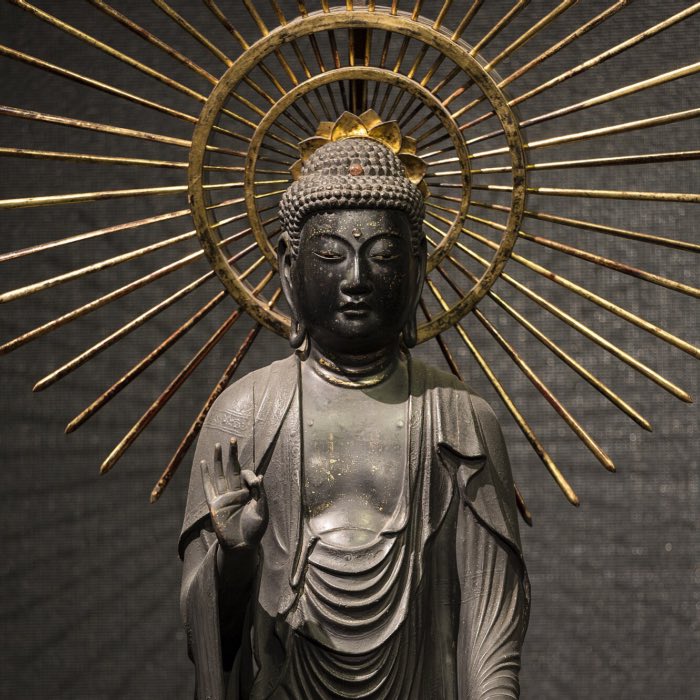


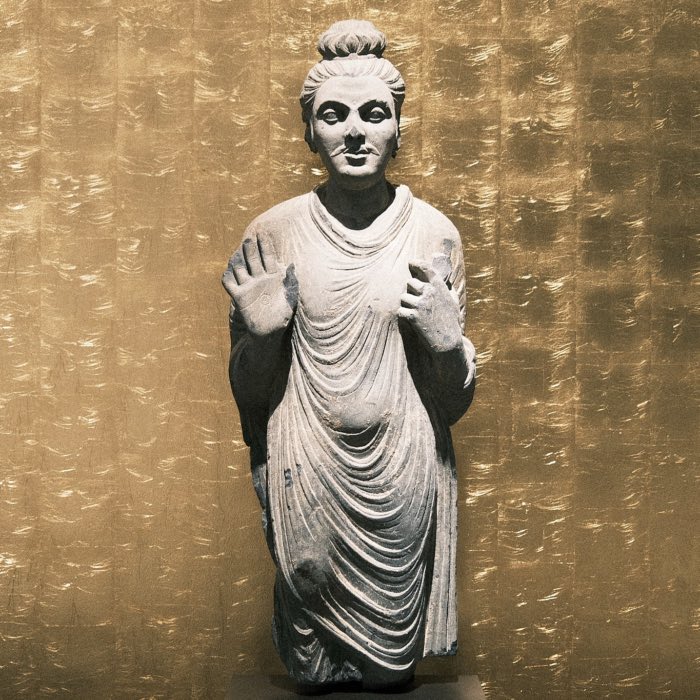
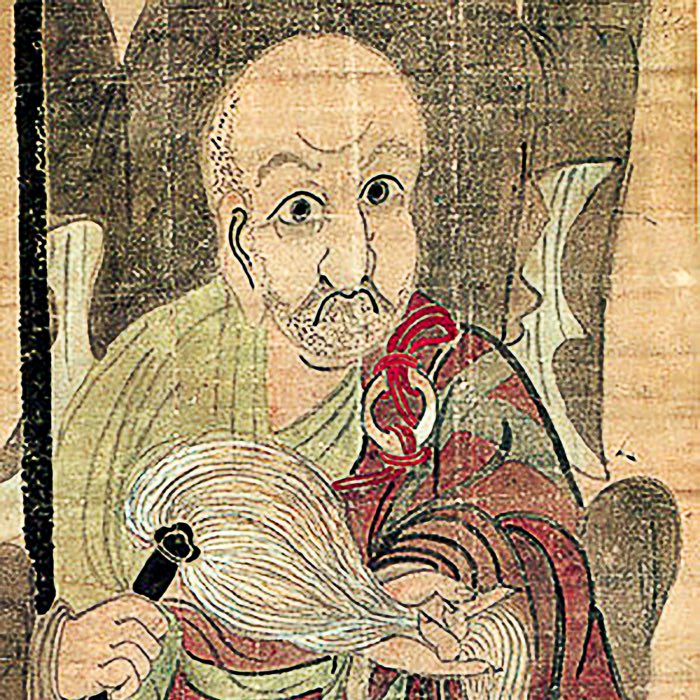
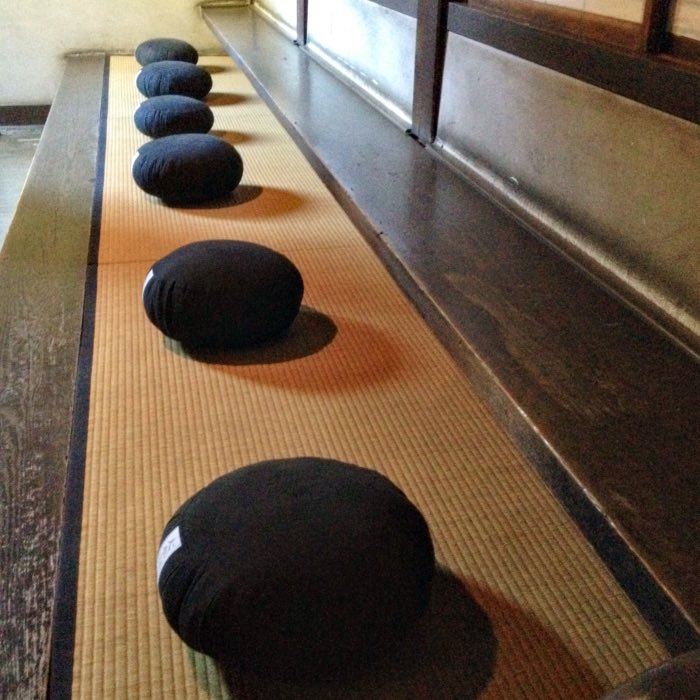
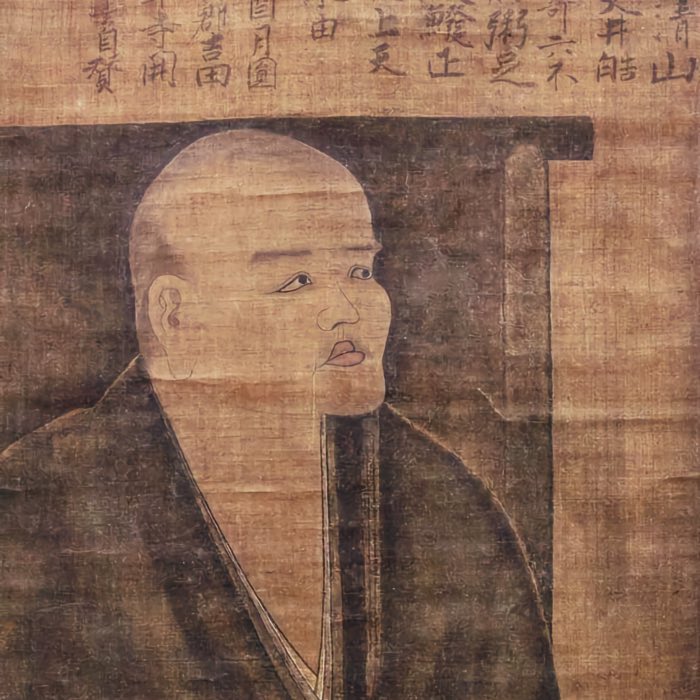
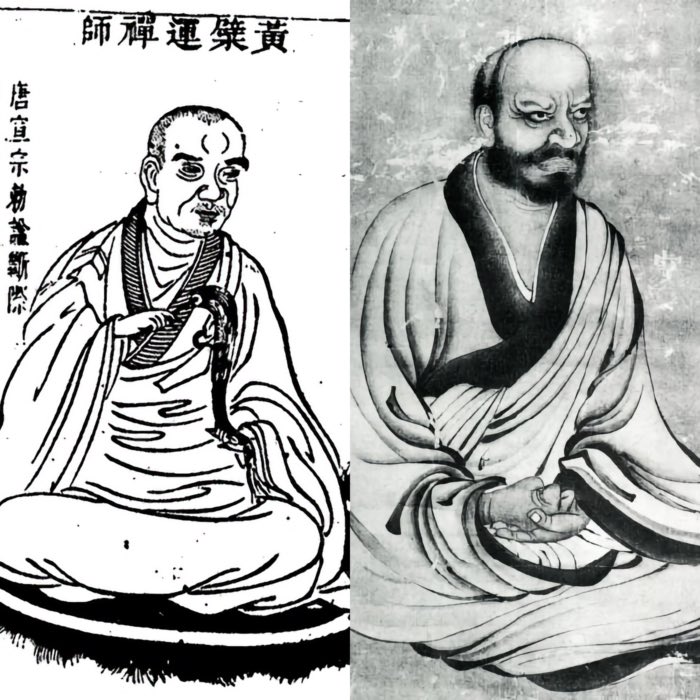

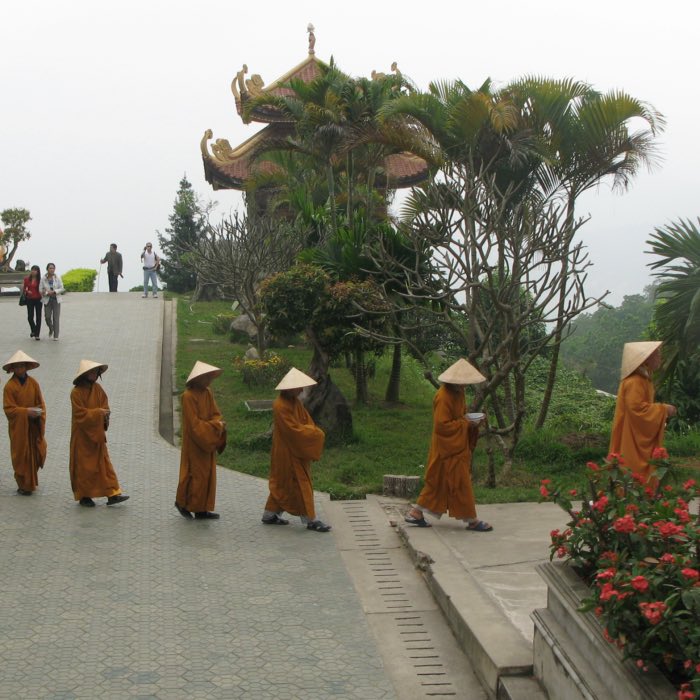
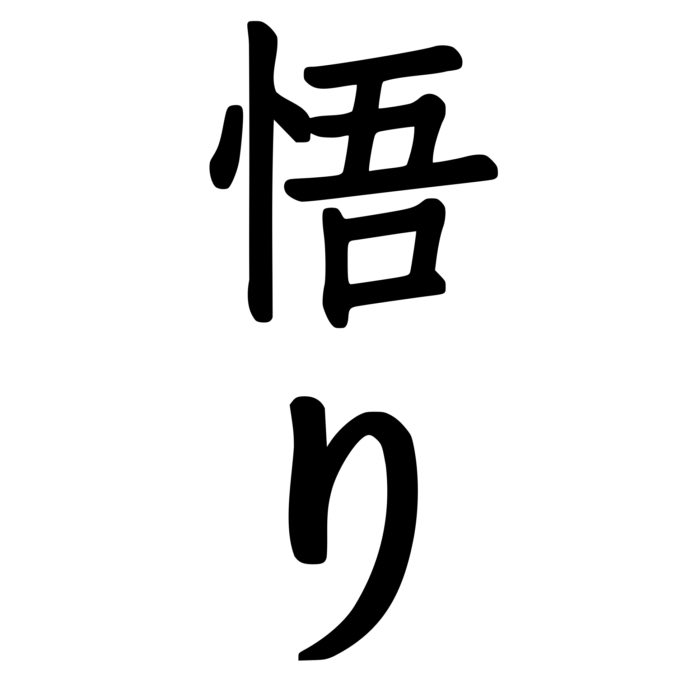
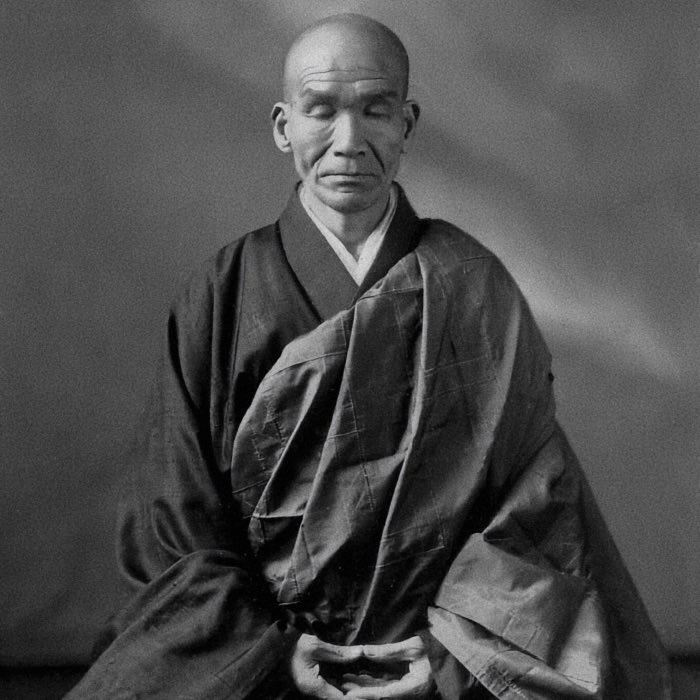

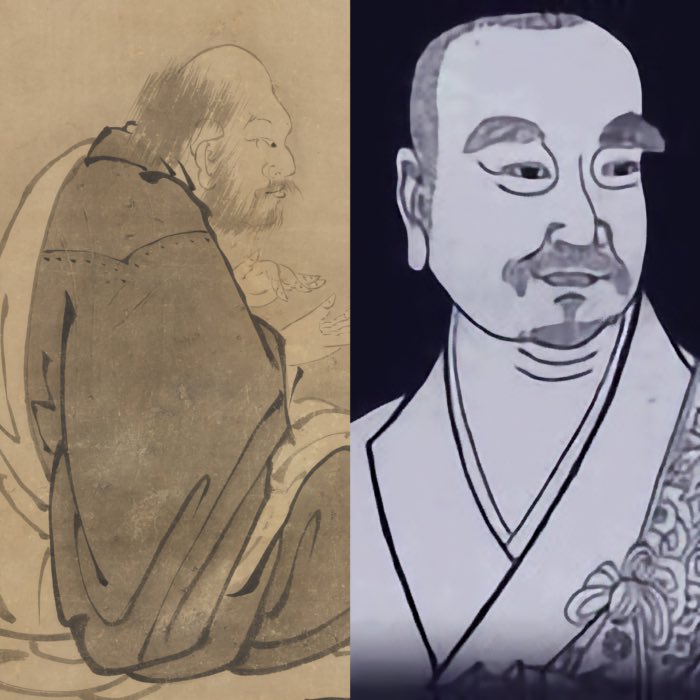
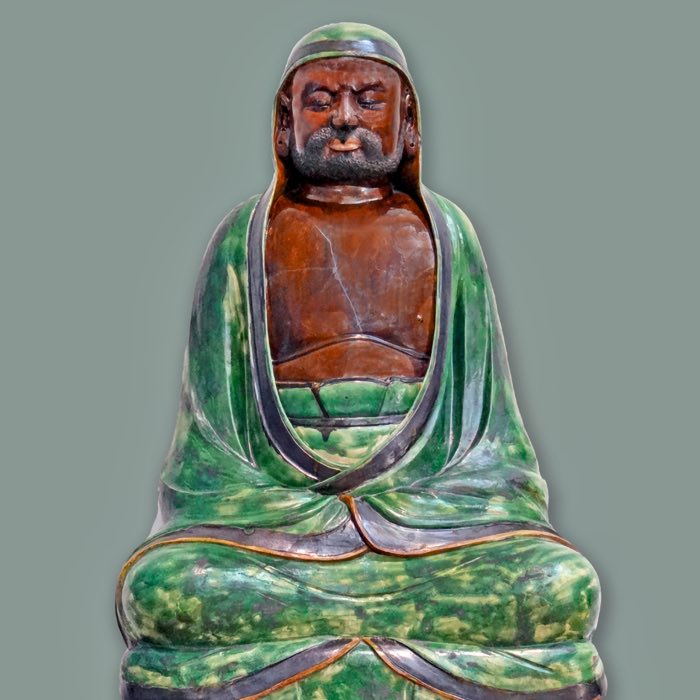
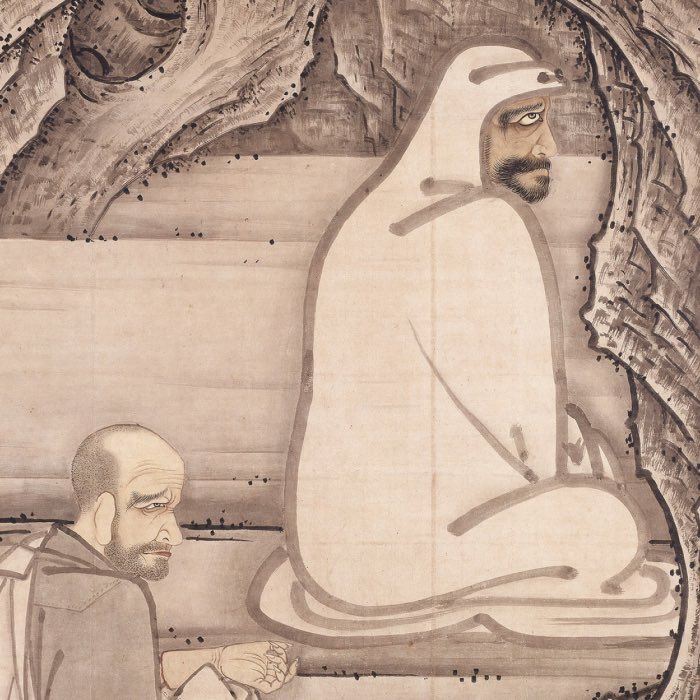








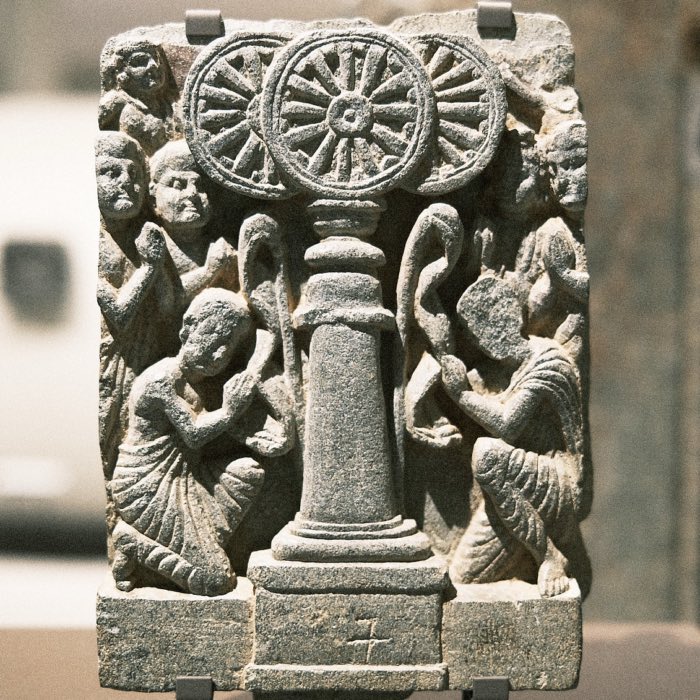
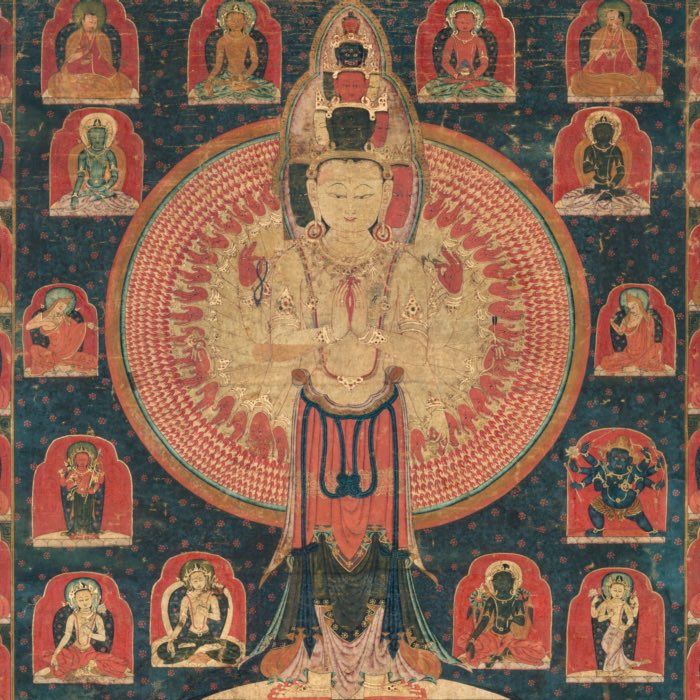
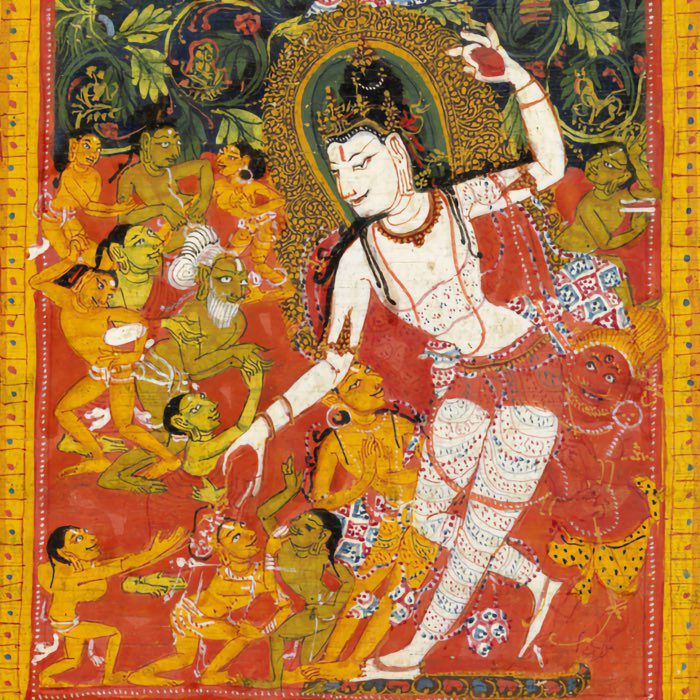
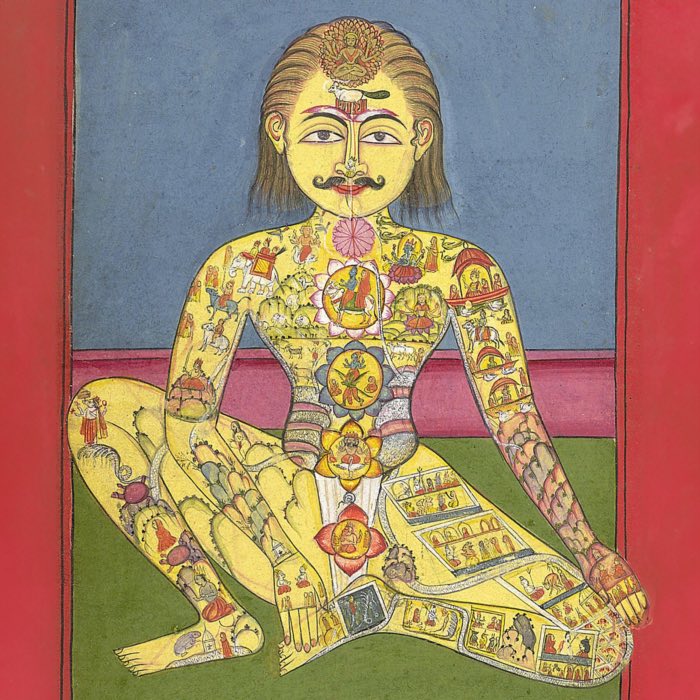


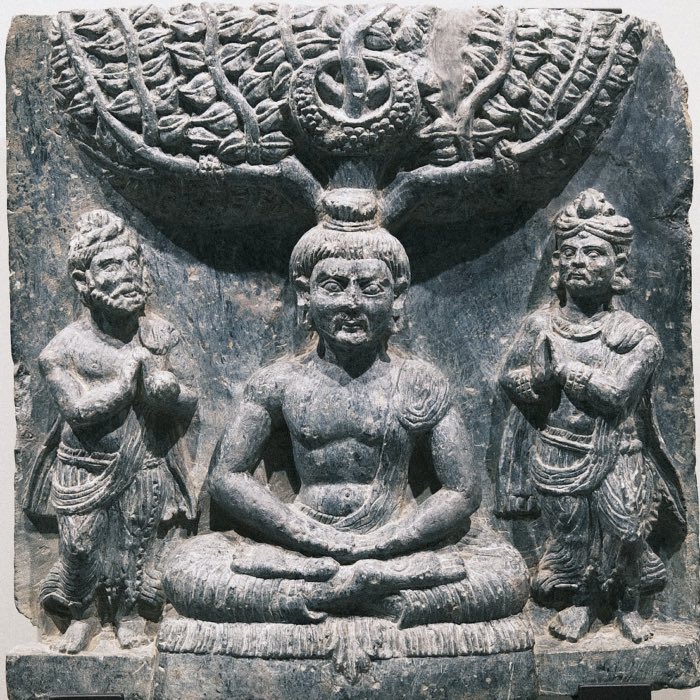
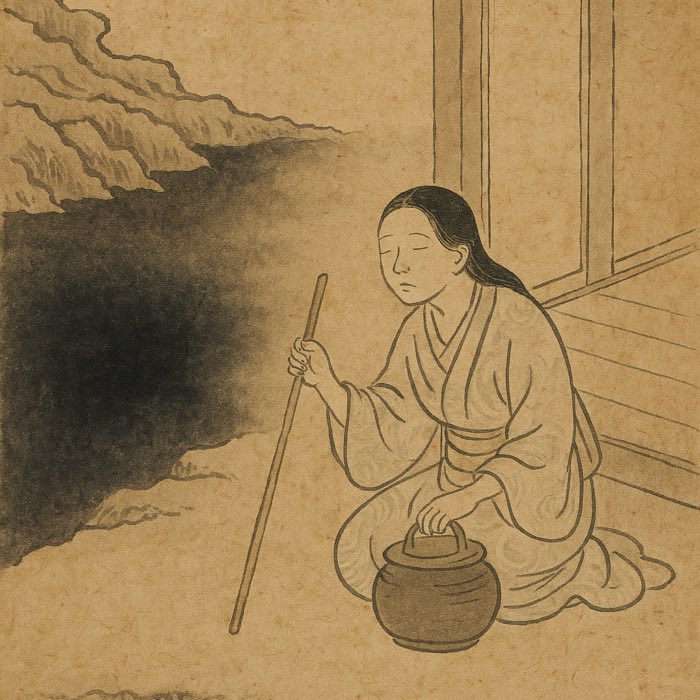
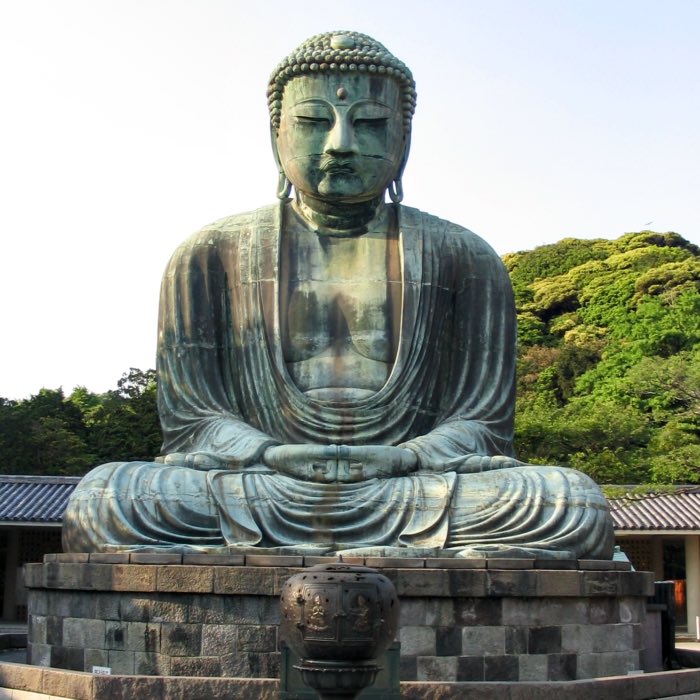
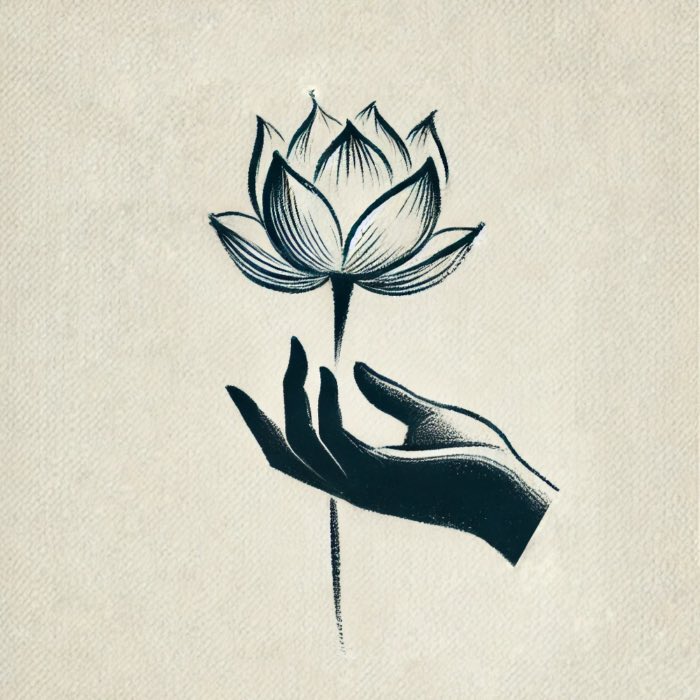
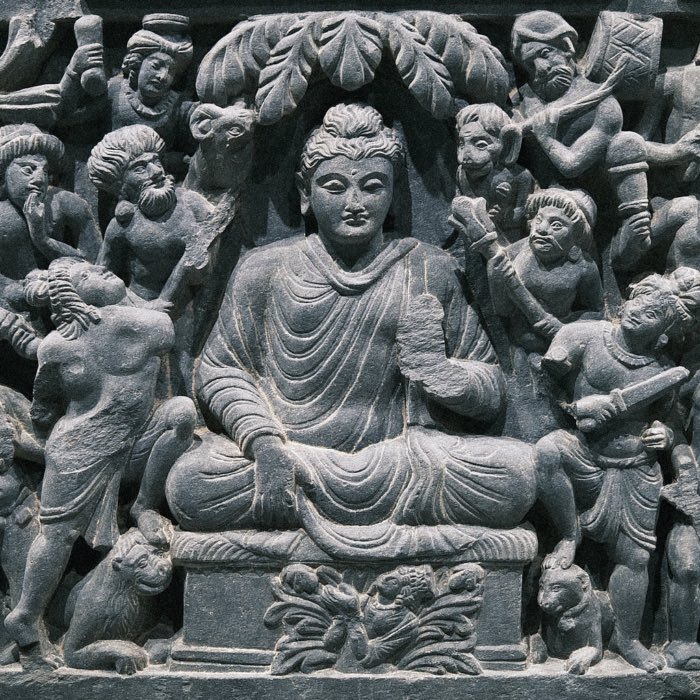
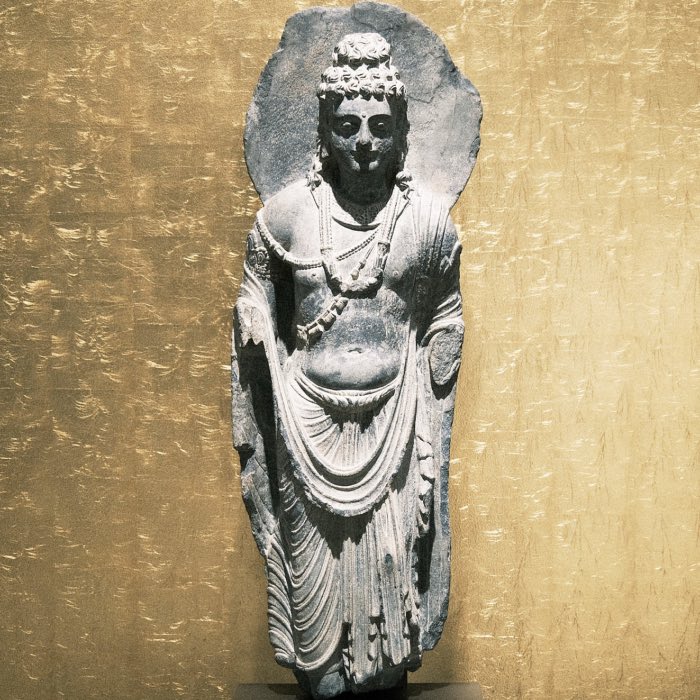


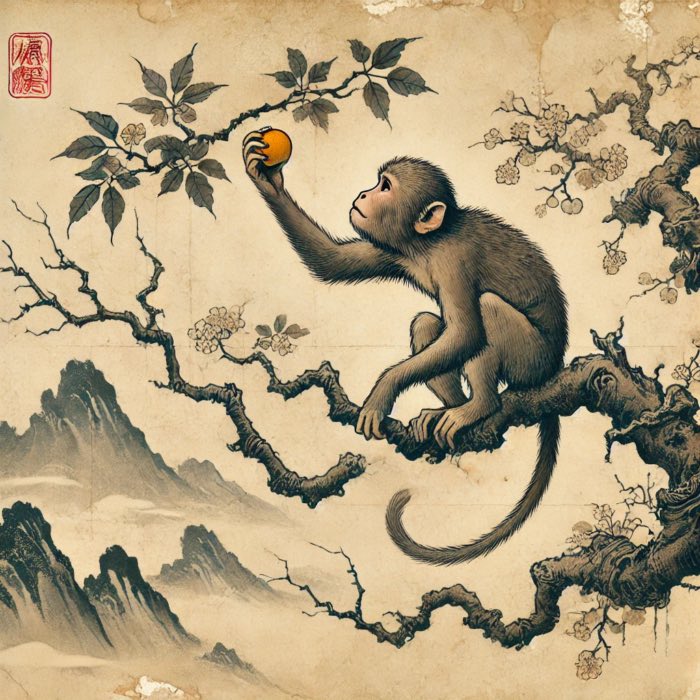





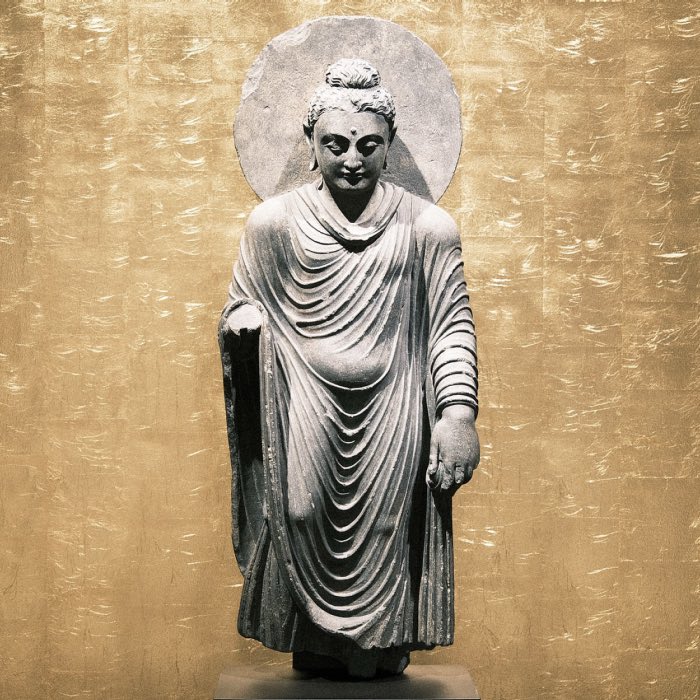
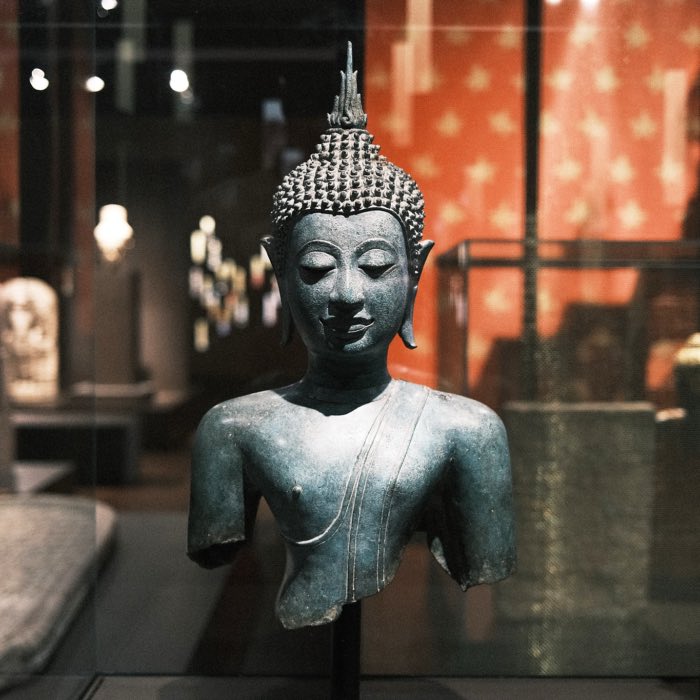




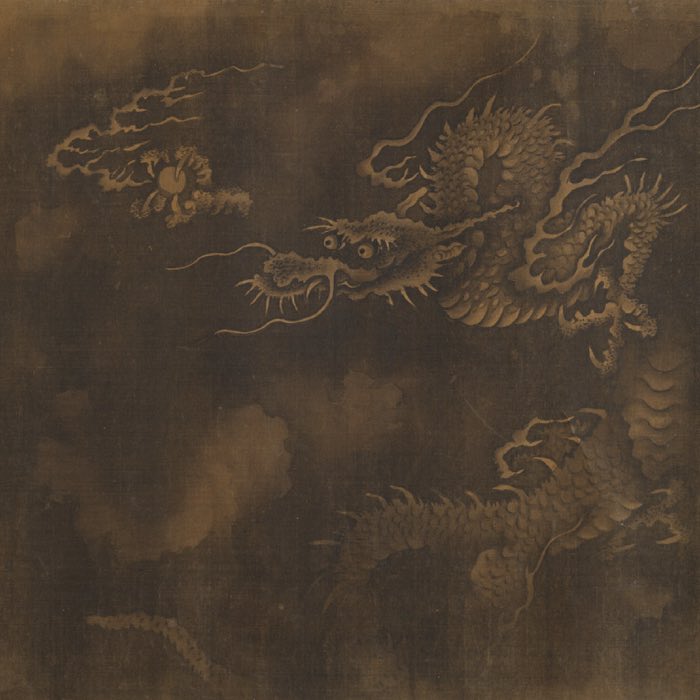
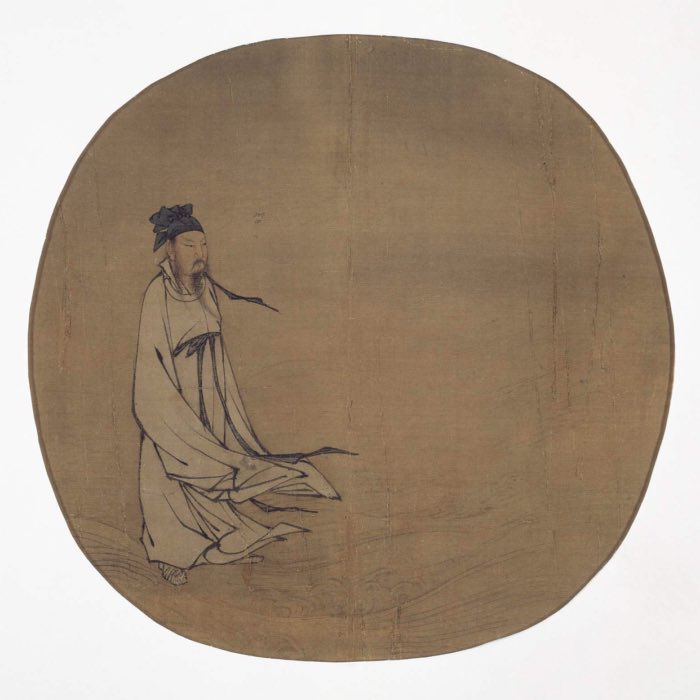


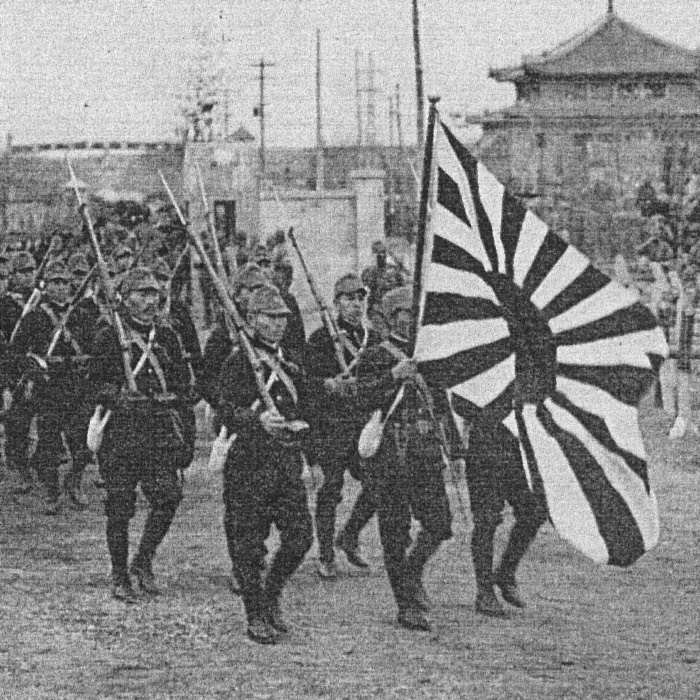







comments